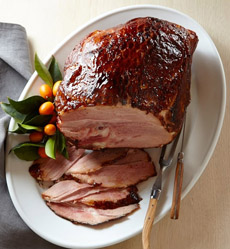TIP OF THE DAY: The History Of Independence Day (& What They Ate)
|
THE HISTORY OF INDEPENDENCE DAY
A federal holiday, Independence Day—also known as July 4th or the Fourth of July—commemorates the adoption of the Declaration of Independence by the Continental Congress, which met in Carpenter’s Hall in Philadelphia. The legal separation of the Colonies from Great Britain occurred on July 2, 1776, the day that the Second Continental Congress voted to approve a resolution declaring the United States independent from Great Britain’s rule. Congress declared that the 13 American colonies were now a new sovereign nation, the United States of America, and no longer part of the British Empire. The Declaration of Independence, a statement comprising 1137 words, authored largely by Thomas Jefferson, was officially adopted by Congress on July 4th after two days of debate and revision. |
|
|
|
Nearly a month would go by, however, before the signing of the document took place. From the outset, Americans celebrated their independence on July 4th, preferring to honor the approval of the Declaration of Independence over the July 2nd vote for independence. |
||
|
|
WHAT DID THE DELEGATES EAT?
Since THE NIBBLE focuses on food, we investigated what the delegates might have eaten. Working long hours, the delegates would have stepped out for nourishment at coffee houses, taverns and publick houses. These destinations were not known for their cuisine, but were venues for exchanging ideas, sharing news and conducting business (the restaurant business as we now know it developed later). People who could afford to eat meals in these establishments were generally of the wealthier classes. The food was often served buffet-style, on a sideboard. As was common into the 20th century, the food came free with the drinks. (Source) At the time, colonial Philadephia was a melting pot of English, French and West Indian cuisine influences. |
|
|
|
||




